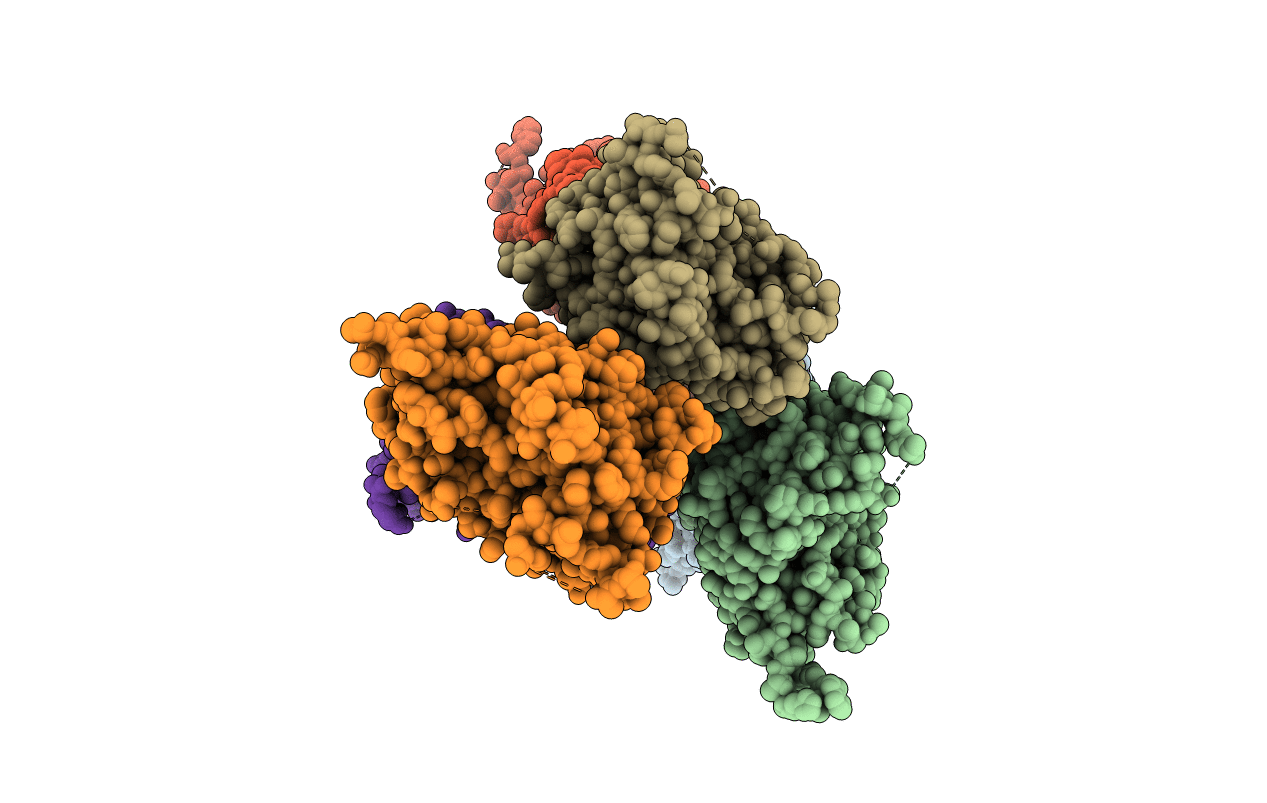
Deposition Date
2017-03-07
Release Date
2018-03-21
Last Version Date
2023-10-04
Method Details:
Experimental Method:
Resolution:
3.00 Å
R-Value Free:
0.28
R-Value Work:
0.23
R-Value Observed:
0.24
Space Group:
P 1 21 1


